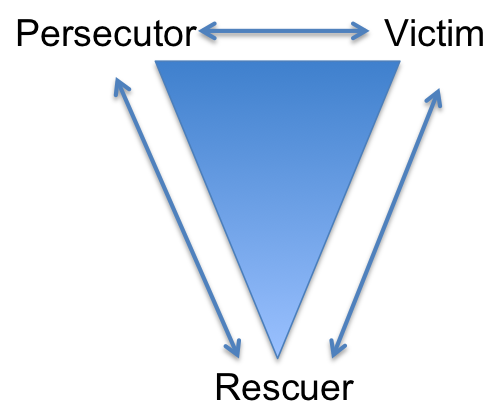Submitted by Sal Silvester on May 30, 2015
There are basically two different types of team-building programs – those designed to reward & those designed to fix organizational problems.
Submitted by Sal Silvester on May 16, 2015
How do you structure your teams to get the most out of each employee and deliver the best results for your customers?
Submitted by Sal Silvester on August 15, 2013
Are your teams and leaders effectively collaborating to reach year-end goals?
Submitted by Sal Silvester on July 29, 2013
 Today’s global business environment requires leaders to navigate geographical and cultural differences that team members and constituents bring to the business. Perhaps it’s remote employees based in China, India, or the Philippines. Maybe it’s the sales relationship with customers in different regions of the country.
Today’s global business environment requires leaders to navigate geographical and cultural differences that team members and constituents bring to the business. Perhaps it’s remote employees based in China, India, or the Philippines. Maybe it’s the sales relationship with customers in different regions of the country.
Submitted by Sal Silvester on June 8, 2013
Have you ever noticed the differences that people bring into the workplace?
Different communication styles, preferences and priorities. Different goals, agendas, and ambitions. Different backgrounds, experiences, and ways of thinking. These differences represent latent potential. They represent opportunity, innovation, and outside-the-box thinking. These differences bring perspective.
Submitted by Sal Silvester on May 14, 2013
Have you ever wondered why your leadership team struggles so much? Why there is unexplained tension and unspoken expectations?
Leadership Teams are straddled with unique challenges that other teams don't normally face. For example, most members of a Leadership Team often "own" a function of the organization (e.g., Marketing, Engineering, Sales), are rewarded based on the success of that function, and then asked to be part of a team of peers who battle for the same set of resources.
Submitted by Sal Silvester on December 16, 2012
I was having a discussion recently with a group of participants in a 5.12 Solutions' Executive Coaching and Leadership Development Program here in Denver. We were making the distinction between caring (about someone) and showing interest. One results-oriented participant asked, "Can you care about someone without being interested?"
Submitted by Sal Silvester on September 10, 2012
 Our destination was the summit of the Grand Teton in Teton National Park, WY. At 13,775 feet above sea level, we'd have a 5,000 foot hike over 7 miles and then 2,200 feet of technical rock.
Our destination was the summit of the Grand Teton in Teton National Park, WY. At 13,775 feet above sea level, we'd have a 5,000 foot hike over 7 miles and then 2,200 feet of technical rock.
We took a day to hike in. Then we got an alpine start on the Petzoldt Ridge, an exposed 800 foot rock route leading to a more moderate 1,200 feet on the Upper Exum Ridge. Almost 14 hours later we were back at our camp.
Submitted by Sal Silvester on September 5, 2012
The most effective teams have a consistent focus on both structure and relationships. They know that being strong in both areas is critical to maximizing their potential.
By structure I mean that the right components are in place - I call these the cultural building blocks of a team - that enable team success. For example, purpose is clear, communication strategy supports the team's purpose, and norms drive a common and collective way of working together.
Submitted by Sal Silvester on June 30, 2012

The Rescuer
"It's faster to do it myself than to delegate it to others..." or "If I want it done right, I'm the one who has to do it..." or "Let me do this for you..."
These are the words of the Rescuer - the person, or in this case the leader, who solves problems for others that they should solve for themselves.
The Victim
Pages